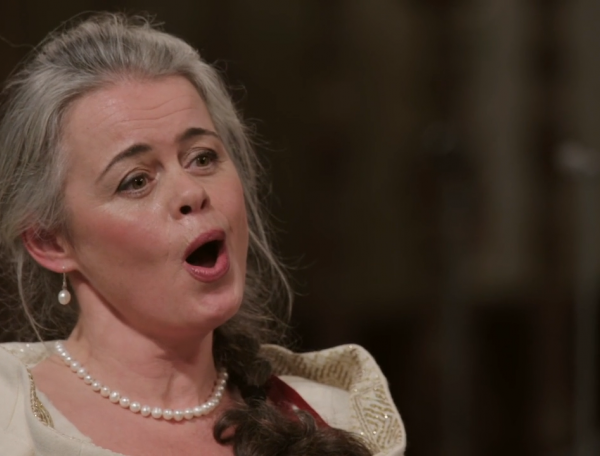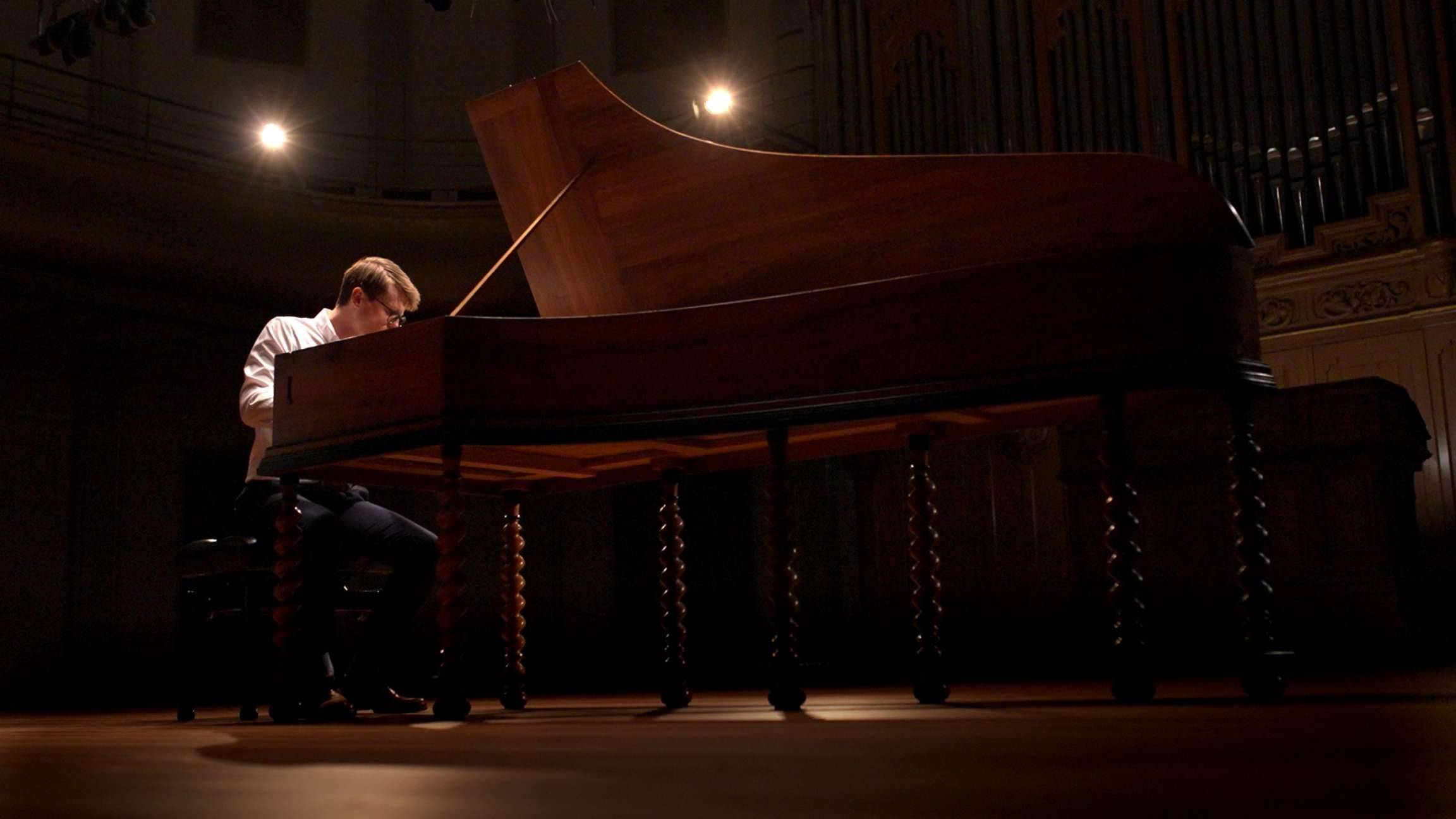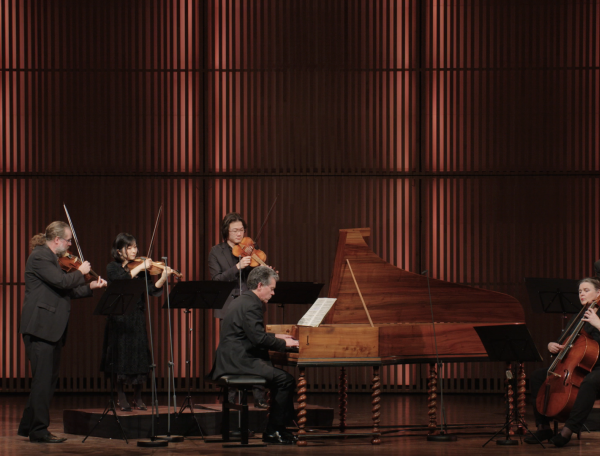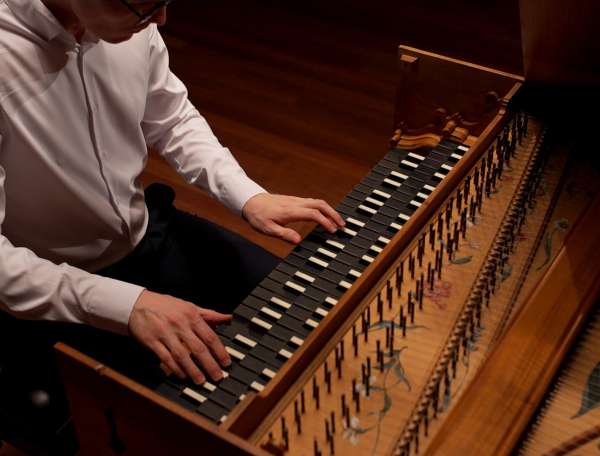

Partita no. 2 in C minor
BWV 826 performed by Mark Edwards
Philharmonie, Haarlem
Behind the music
Bach as a lighting technician
In this partita, Bach keeps showing you a different scene
The ambitious, tricky Partita No. 2 opens with an equally ambitious Sinfonia. Here, Bach initially uses the dotted-note, stately rhythms of the French overture – padam, padam, padam. This form was invented at the French court, ninety years before the publication of Bach’s partitas, by composer Jean-Baptiste Lully, who opened his operas with it, as well as the aristocratic ballets de cour, in which the Sun King and his courtiers danced. In the eighteenth century, the characteristic rhythm had wormed its way into all sorts of music, including the keyboard genre in which Bach made his works widely known: the Suite, called ‘Partita’ in Italian.
Bach’s overture is exceptionally dark and weighty. Like shadows, the minor chords are cast over the listener. But then it seems almost as if Bach forgets the genre in which he is composing. The massive opening chords melt away and a more cautious line, accompanied by a running bass, starts to spin out - before this line too dies down after a through-composed cadenza, and a two-part fugue starts to hum, too quick to be able to follow it mentally, with sequences that lead us almost efficiently to the final cadence. Then suddenly the earlier dotted rhythm returns: the final chord.
In the space of a few minutes, we have to adjust three times in order to follow Bach, and in the subsequent movements, too, Bach keeps us alert. Bach is like a lighting technician. By placing a spotlight here and a colour filter there, he keeps showing you a different scene in his Partita No. 2.
- BWV
- 826
- Title
- Partita no. 2 in C minor
- Instrument
- harpsichord
- Genre
- harpsichord works
- Serie
- Clavier-Übung I, II, IV, Six keyboard partitas
- Year
- ca. 1725-1731
- City
- Leipzig
With support from
The Miller Family Charitable Foundation
Extra videos
Vocal texts
Original
Translation
Credits
-
- Release date
- 28 March 2024
-
- Recording date
- 3 June 2021
-
- Location
- Philharmonie, Haarlem
-
- Harpsichordist
- Mark Edwards
-
- Harpsichord
- Bruce Kennedy, 1989 after Michael Mietke
-
- Director, camera
- Robin van Erven Dorens
-
- Music recording
- Guido Tichelman, Bastiaan Kuijt
-
- Music edit and mix
- Guido Tichelman
-
- Camera
- Onno van der Wal
-
- Lights
- Ernst-Jan Thieme
-
- Best boy
- Jordi Kooij
-
- Data handling
- Stefan Ebels
-
- Assistant music recording
- Marloes Biermans
-
- Producer
- Jessie Verbrugh
-
- With support from
- The Miller Family Charitable Foundation
Discover
Help us to complete All of Bach
There are still many recordings to be made before the whole of Bach’s oeuvre is online. And we can’t complete the task without the financial support of our patrons. Please help us to complete the musical heritage of Bach, by supporting us with a donation!

